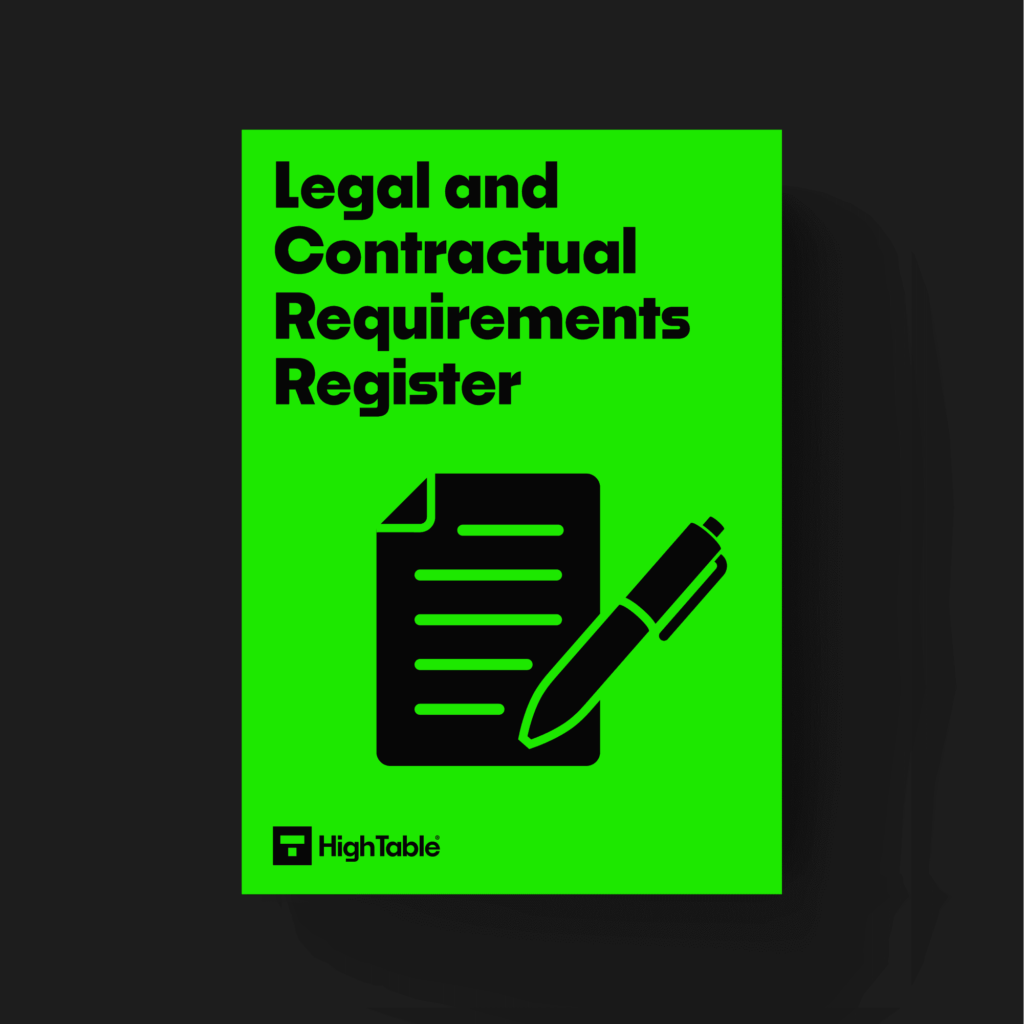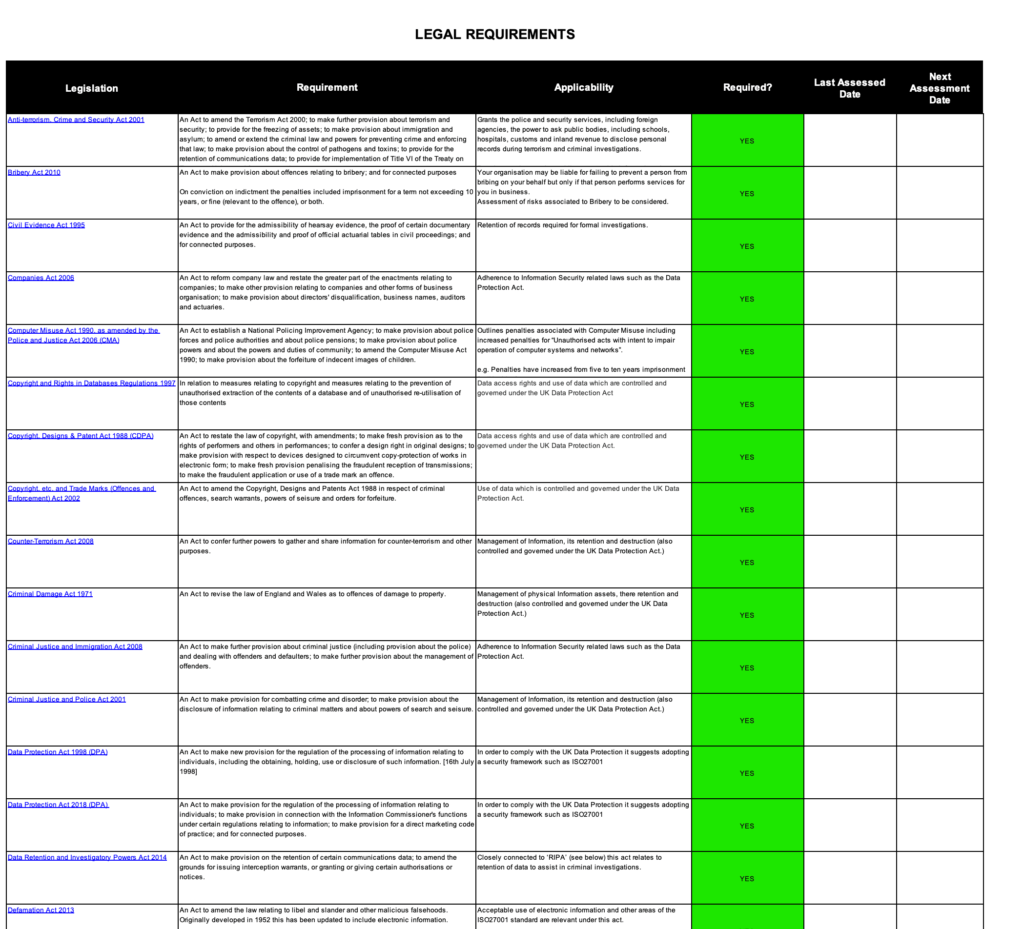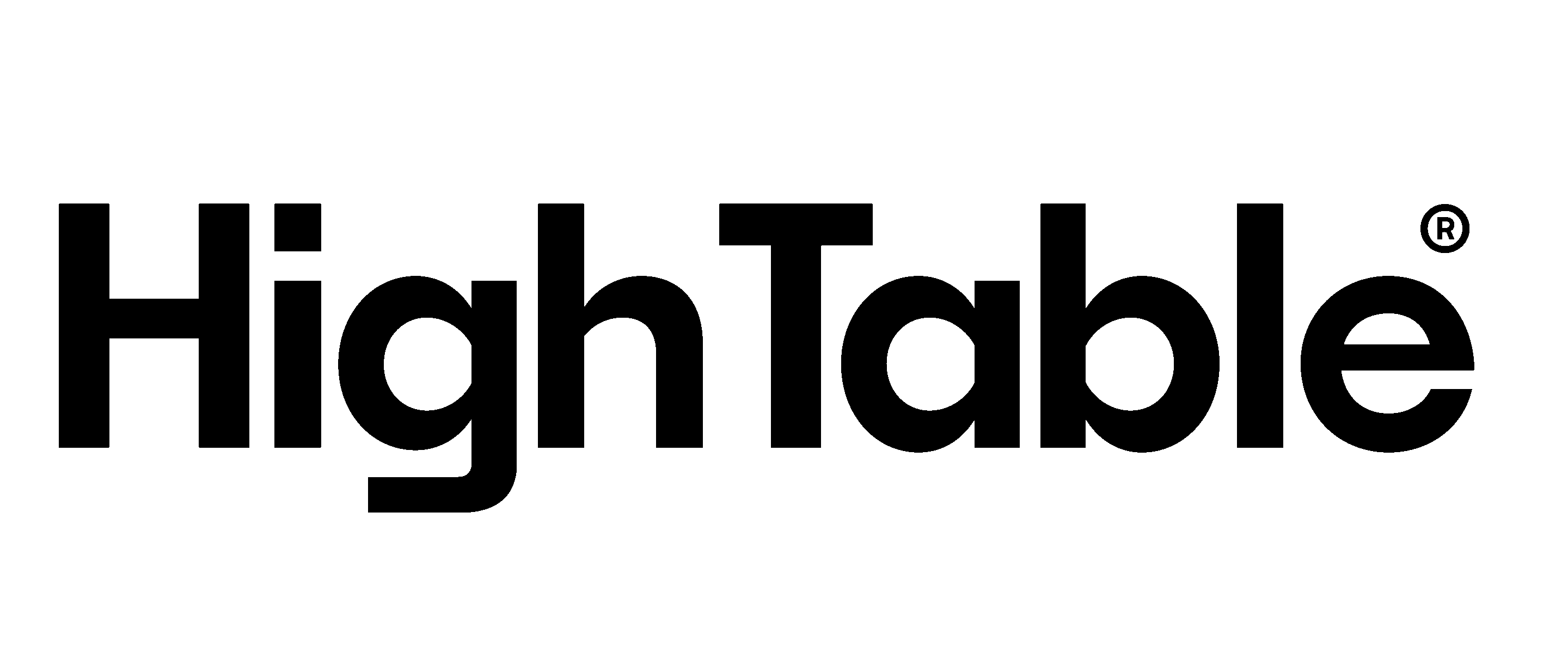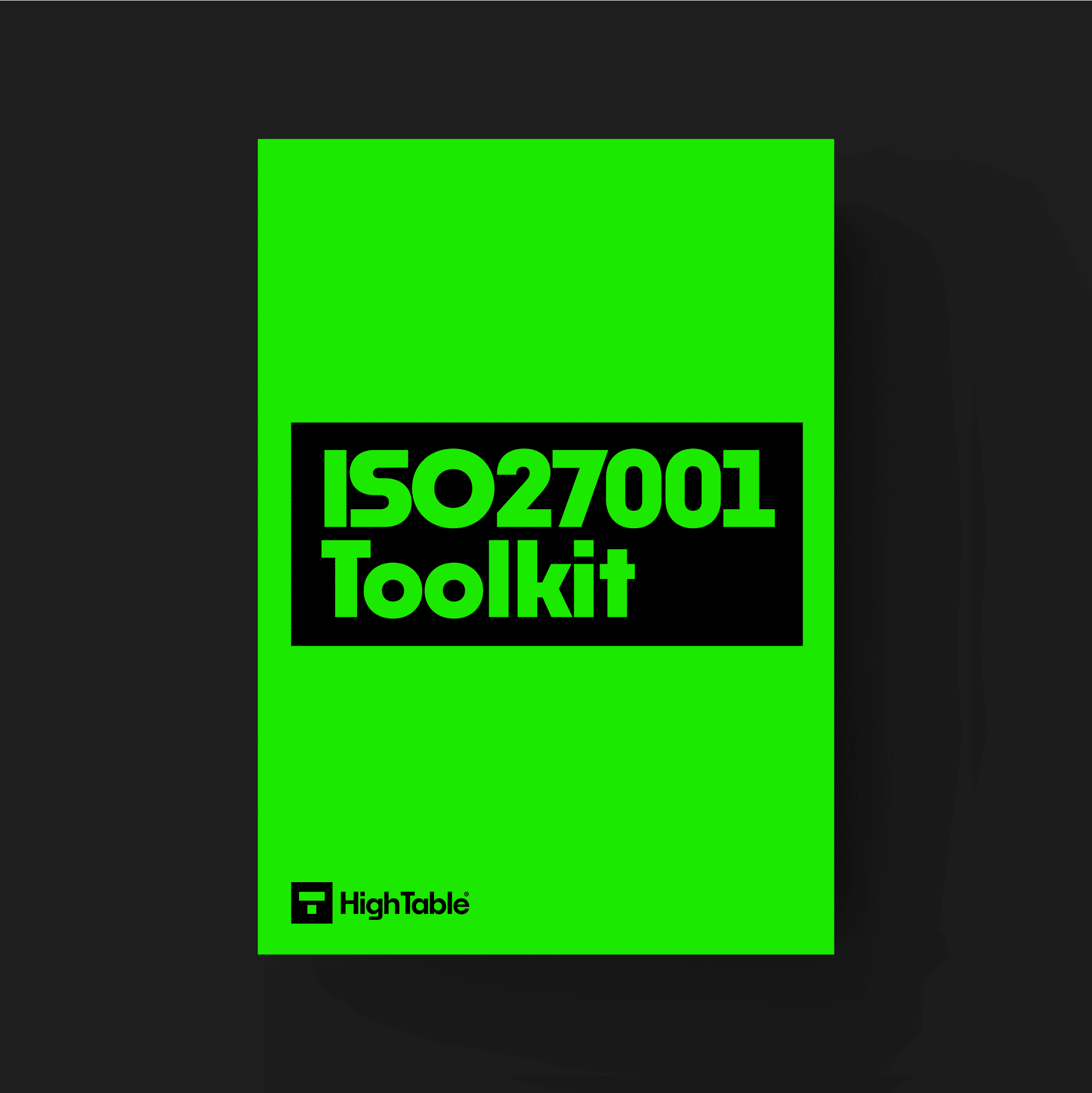The ISO 27001 legal and contractual register is used to identify which laws apply to your organisation, what contractual requirements customers have placed on you, what regulatory requirements there maybe and what standards you are working towards. It is used to evidence that they have been reviewed, agreed and signed off and to show when they will next be reviewed. All of these will inform and influence your information security management system.
Think of it as your personal checklist for all the laws and regulations that affect how you handle information and data.
Table of contents
- What Is It?
- Applicability to Small Businesses, Tech Startups, and AI Companies
- ISO 27001 Legal Register Template
- Why You Need It
- When You Need It
- Who Needs It?
- Where You Need It
- How to Write It
- How to Implement It
- Examples of using it for small businesses
- Examples of using it for tech startups
- Examples of using it for AI companies
- How the ISO 27001 toolkit can help
- Information Security Standards That Need It
- List of Relevant ISO 27001:2022 Controls
- ISO 27001 Legal Register Example
- ISO 27001 Legal Register FAQ
What Is It?
Simply put, an ISO 27001 Legal Register is a document you create to list all the laws and regulations related to information security that your organisation must follow. It’s a key part of getting and keeping your ISO 27001 certification.
Applicability to Small Businesses, Tech Startups, and AI Companies
This legal register is useful for businesses of all sizes, including small businesses, tech startups, and AI companies.
- Small Businesses: You might think this is just for big corporations, but even small businesses have to handle customer data and follow privacy laws. It helps you avoid big fines and keep your customers happy and trusting.
- Tech Startups: As a startup, you’re probably dealing with lots of user data. A Legal Register helps you build trust with your first customers and gives you a solid foundation for future growth. Plus, it makes you look more professional to investors.
- AI Companies: If you’re an AI company, you’re likely working with vast amounts of data. This makes it crucial to know the rules about data usage, privacy, and even ethical guidelines.
ISO 27001 Legal Register Template
The ISO 27001:2022 Legal Register Template is designed to fast track your implementation and give you an exclusive, industry best practice policy template that is pre written and ready to go. It is included in the ISO 27001 toolkit. It is recording applicable laws, regulations and contractual requirements. It does not constitute legal advice although it does come pre-populated with common UK laws that I have come across over decades in consulting. It can be used globally and is a great foundation and starting point.

Why You Need It
A legal register helps you show auditors (and yourself) that you’re taking your legal responsibilities seriously. It proves you’ve identified all the relevant laws and you have a plan to meet them. Without it, you can’t get certified!
When You Need It
You need a legal register when you’re building your Information Security Management System (ISMS) to meet the ISO 27001 standard. It’s one of the first things you’ll do!
Who Needs It?
Basically, anyone aiming for ISO 27001 certification needs one. This includes:
- Small Businesses: You might think you’re too small, but even a local shop with a website handles customer data, so you need to be compliant.
- Tech Startups: Your whole business is built on data, so it’s super important to know and follow the rules.
- AI Companies: You’re dealing with massive amounts of data, often personal or sensitive, so a legal register is absolutely critical.
Where You Need It
You’ll keep this document as part of your ISMS, so it should be easily accessible to your team. Think of it as a living document, not just a one-time thing. You’ll need to review and update it regularly.
How to Write It
To create a legal register, start by identifying your industry and the countries where you operate. Then, research all the information security and data privacy laws that apply to you. List them out, noting key details like the law’s name, what it requires you to do, and who is responsible for it in your company.
How to Implement It
Once you’ve written it, you need to put it into action. This means making sure the right people are aware of their responsibilities and your company policies reflect the legal requirements you’ve identified.
Examples of using it for small businesses
Imagine you run a small online store. Your legal register might include the General Data Protection Regulation (GDPR) because you collect customer names and addresses. It would also list local consumer protection laws.
Examples of using it for tech startups
If your startup develops a new app, your legal register would include data privacy laws like the California Consumer Privacy Act (CCPA) if you have users in California. It would also list rules about handling sensitive financial data if your app processes payments.
Examples of using it for AI companies
As an AI company, your legal register would be more complex. You’d need to include laws on the use of personal data for training AI models, like the EU AI Act, and potentially intellectual property laws if you’re using copyrighted data.
How the ISO 27001 toolkit can help
The ISO 27001 toolkit is a collection of pre-made documents, templates, and guides. It can make creating your legal register much easier, giving you a ready-made template and guidance on what to include.

Information Security Standards That Need It
This legal register is a key part of ISO 27001, which is an international standard for managing information security. Other standards that need it include:
- GDPR (General Data Protection Regulation)
- CCPA (California Consumer Privacy Act)
- DORA (Digital Operational Resilience Act)
- NIS2 (Network and Information Security (NIS) Directive)
- SOC 2 (Service Organisation Control 2)
- NIST (National Institute of Standards and Technology)
- HIPAA (Health Insurance Portability and Accountability Act)
List of Relevant ISO 27001:2022 Controls
The ISO 27001:2022 standard has specific controls that relate to secure development. Some of the most important ones include:
ISO 27001:2022 Annex A 5.31 Legal, statutory, regulatory and contractual requirements.
ISO 27001 Legal Register Example
This is a great ISO 27001 Legal Register Example taken as an extract from the ISO 27001 Legal Register Template.

ISO 27001 Legal Register FAQ
It is a document that lists the applicable laws, regulations and customer contractual requirements on your organisation for information security.
All applicable laws, regulations and customer requirements for information security are recorded and implemented in the information security management system (ISMS) and information security controls.
The purpose of the ISO 27001 Legal Register is to record all applicable laws, regulations and customer requirements for information security and to communicate them to relevant people so they can be implemented.
It is used to show what laws and contractual requirements apply to your organisation and evidences that you are aware of them and have reviewed them. These will inform and influence your information security management system.
It includes a list of laws, regulations and customer requirements on information security that apply to your organisation with the date they were last reviewed and the date they will next be reviewed.
The ISO 27001 legal register template can be downloaded at High Table: The ISO 27001 Company.
ISO 27001 Annex A 5.31 Legal, statutory, regulatory and contractual requirements requires a legal register. It states ‘Legal, statutory, regulatory and contractual requirements relevant to information security and the organisation’s approach to meet these requirements should be identified, documented and kept up to date.’
The information security officer or compliance officer will be responsible for legal register and they will work closely with legal professionals and legal counsel.
The ISO 27001 legal register is updated at least annually and also when significant changes occur. Examples of significant changes would be changes in the law, updates to regulations and changes or new client contractual requirements.
You should regularly review and update your register to catch any new or overlooked laws.
No, a legal register is about compliance, while a risk register is about managing threats.
Yes, it’s a non-negotiable part of the ISO 27001 process.
No, but it should be a clear, organised document, usually a spreadsheet or a table.
Laws are passed by a legislature; regulations are rules created by agencies to implement those laws.
A designated person or team, often the Information Security Manager.
You need to include the laws for all countries where you operate.
While a lawyer can help, you can often research and draft it yourself, especially with a good template.
An auditor will find this a major non-conformity, and you won’t get certified.
Yes, a spreadsheet is a common and effective way to organise your legal register.
No, it’s for any business, big or small, seeking ISO 27001 certification.
Begin by identifying the countries you operate in and then search for their data protection laws.
That your legal register is a tool to help you stay compliant, not just a document to check a box!




